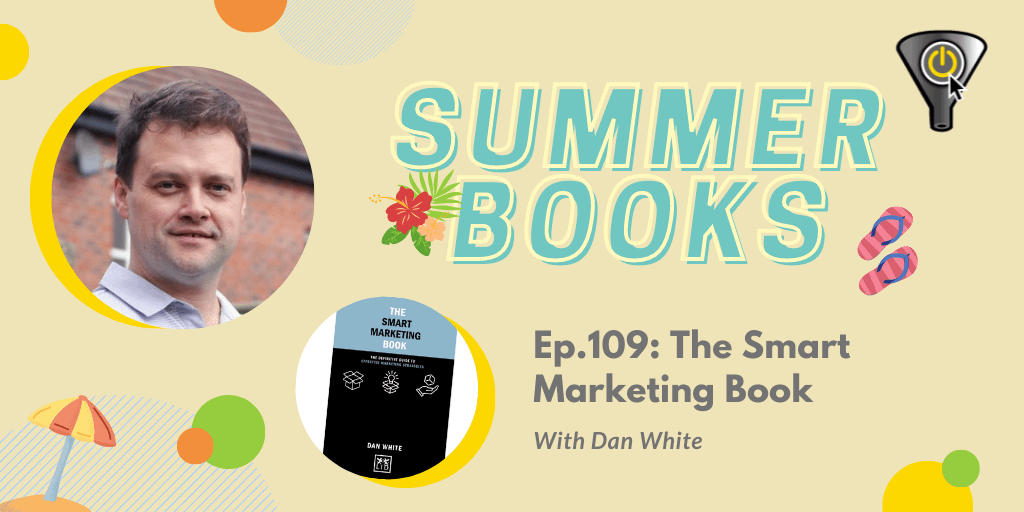There is a lot at stake when Companies develop some technological or physical product. But they face an equally high risk in getting the product positioning right. Weak positioning can mean the difference between success or failure.
When we don’t have our positioning nailed, it’s as if we’re talking to someone who doesn’t speak our language. And when they don’t acknowledge us, we repeat the same message even louder, as if that will get our point across. For those who remember John Cusack 80s films, you might be familiar with the movie Better Off Dead’s scene with a French foreign exchange student having dinner with her American host family.
Shouting doesn’t work when you’re using the wrong language, and it doesn’t work with the wrong positioning either. Luckily, someone has come up with the process for finding the best positioning for our product, saving our market from being subjected to random jargon.
April Dunford was a startup executive, running sales, marketing and product at seven B2B technology startups over the course of 25 years. She is now a consultant who has had the privilege of bringing her positioning expertise to more than 100 companies. She codified her process in the 2019 book “Obviously Awesome,” which makes these ideas about positioning accessible to any company
People/Products/Concepts Mentioned in Show
- Scene from Better off Dead (mentioned segment starts at 1:30)
- Violinist Joshua Bell
- Net Promoter Score
- Wordle
- Clayton Christiansen





